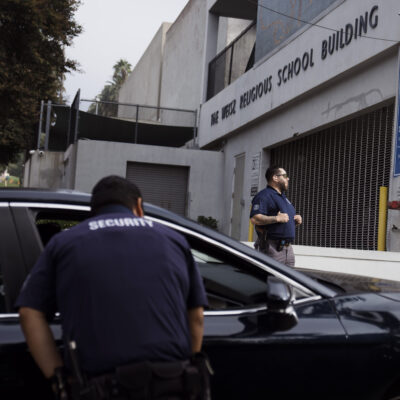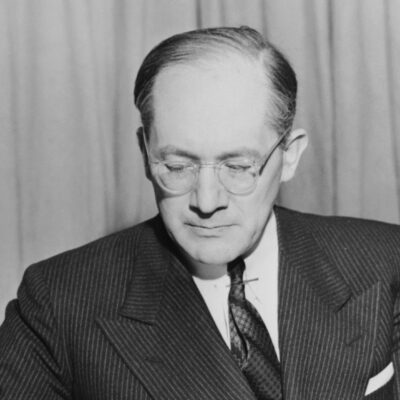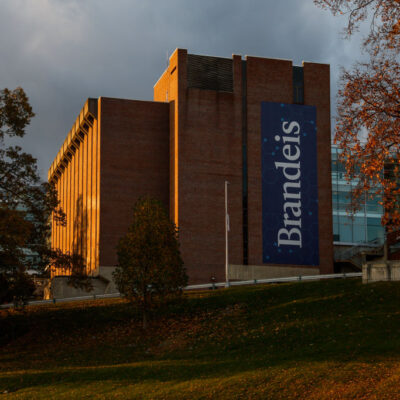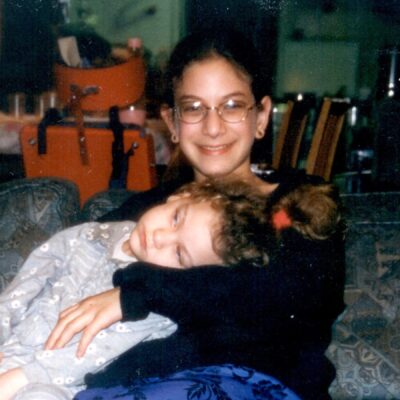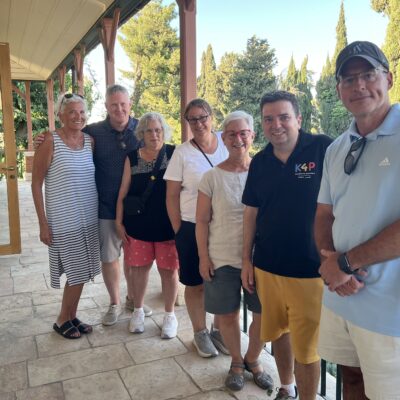Opinion
A LEGACY LIVES ON
Unlocking Hebrew
In Short
More than 1 in 5 Jewish children struggle with language-learning challenges. What are we doing to help them when it comes to learning Hebrew?
The Hebrew language has always been a bridge connecting Jews with each other, Israel and our shared heritage. Yet for so many English speakers, Hebrew is inaccessible.
Studies show that 1 in 5 children in the United States is diagnosed with dyslexia, and up to 50% of non-diagnosed students considered “poor readers” may also face similar difficulties with literacy. These students struggle to learn to read and write English as a first language, let alone read and write Hebrew as a second. When tasked with writing, even copying a simple line of text can be taxing. These children need specialized attention, but the formal Hebrew education system — Jewish day schools and yeshivas, synagogue Hebrew schools and more — lack the curricula, tools and adequate teacher training to help them.
Based on the latest Jewish day school student census, this means over 60,000 students are underserved. Their difficulty reading Hebrew can cause them to shy away from participating in Jewish rituals or disengage from Jewish education, potentially limiting their connections with their heritage.
It’s time for us to do something about this.
For my late mother, Pam Kanfer, a lifelong educator who passed away from cancer earlier this year, helping students with dyslexia became a passion when my brother was diagnosed with this learning disability as a child. She became a certified English-language reading therapist and tutored hundreds of students; she also educated teachers on how to support students with reading difficulties. She served in leadership roles in Ohio where she advocated for laws to require dyslexia education and teacher training in schools.

My mother was also passionate about Judaism and Jewish education. Her mother helped found The Lippman School in Akron. My mom was a Hebrew teacher there, then later the principal. She saw that children with dyslexia labored to learn Hebrew as a second language and that many of their teachers did not know how to help them. Determined to change this, she began earning her Ph.D. with the goal of creating a program to train Hebrew-language educators — one that would be as robust as English-language curricula and grounded in the science of reading — but cancer ultimately deterred her efforts.
My family has taken up my mom’s dream to develop this program and expand its reach to as many children as possible.
To start, we approached Hebrew at the Center (HATC), renowned for its proficiency in Hebrew acquisition as a second language and professional learning for Hebrew teachers and school leaders. HATC strongly agreed that students with language-learning challenges were underserved and the Hebrew education system was under-resourced to address their needs. With seed funding from my family through Lippman Kanfer Family Foundation, HATC assembled a group of experts, including Gateways, MaDYK, Prizmah and the Shefa Center. This core circle then brought in a broader group of specialists representing diverse and crucial areas of expertise. Until then, research and exploration projects in this area had been siloed with almost no reach.
Since June, the project team has been analyzing the leading thinking about the science of reading, strategies at play in Israel for teaching Hebrew, knowledge of dyslexia and second language learning, and different approaches for teaching both modern Hebrew and the Hebrew of our sacred texts. HATC is engaging with school leaders, academics, therapists and stakeholders to learn from what currently exists and imagine what it will take to create the brighter future we envision. This includes sharing existing field knowledge, identifying effective practices, developing necessary tools, and embedding expertise throughout the community.
In parallel, our family has seeded the development of a training program for reading specialists, to be piloted in several schools and communities as early as the fall of 2024. This was an outgrowth of my mother’s work, taken up by two specialists she knew who believed in her vision. These pilots are modeled after the English-language certification programs with the aim to provide educators with scientifically grounded strategies and tools. This approach will allow the pilot team to learn with the goal of producing a gold-standard certification that can be scaled to serve educators across the board.
The response from the field so far would make my mom proud: conversation after conversation between HATC, partners and participants almost always begins with gratitude for this work and a personal story about how a child, grandchild or the individual themselves wrestled with Hebrew due to a language-learning challenge. Our community is ready for a change. Students, their families, educators and other professionals are eager for the strategies and tools necessary to make Hebrew learning effective and joyful for all.
Proverbs tells us, “Train a child in the way of his abilities; he will not swerve from it even in old age” (22:60). Just as my mother Pam believed strongly in educating the whole child and in meeting students where they are, our Jewish tradition teaches us that when we teach children in ways that are specific to their needs, they will thrive.
We hope you will join us as we transform the field of Hebrew education to be more capable of serving the over 20% of our children whose trouble reading Hebrew too often estranges them from a rich Hebrew language experience, Jewish life and their heritage.
Contact hebrewforall@hebrewatthecenter.org to stay informed of the latest developments and get a copy of the HATC research findings in early 2024.
Ketti Kanfer Zigdon is a board member and chair of the Lippman Kanfer Family Foundation.

 Add EJP on Google
Add EJP on Google